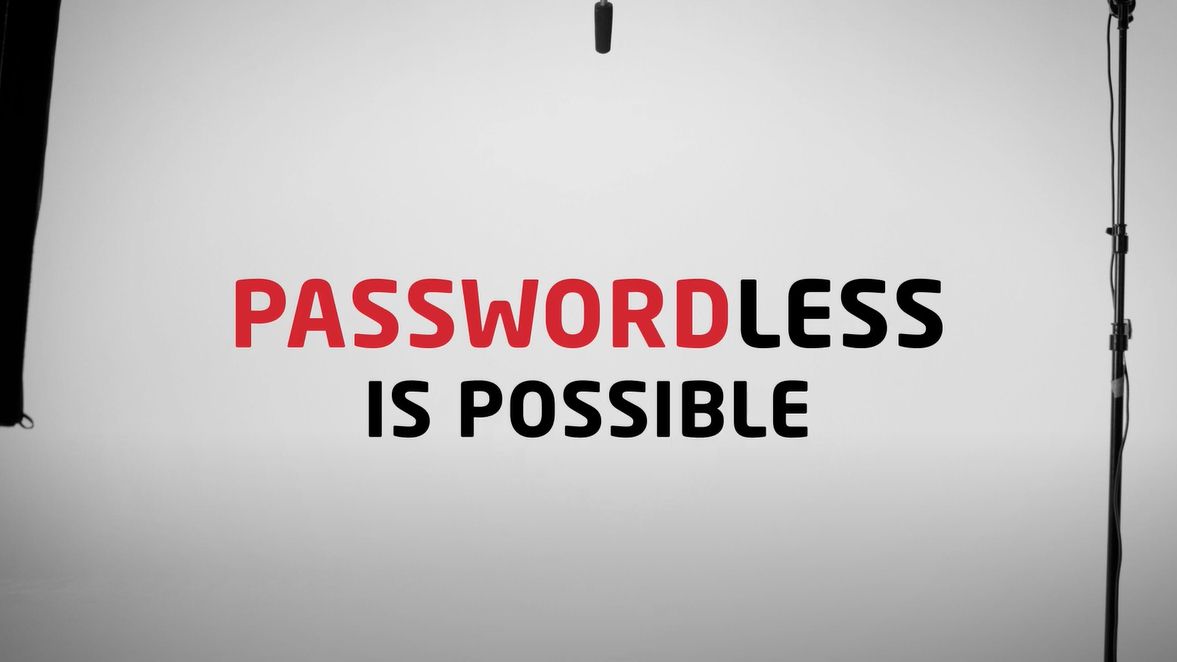LastPass is now letting users log in to their LastPass vault without the need for a password, as the password manager takes its first step toward a passwordless future.
In the announcement (opens in new tab), LastPass states individuals and businesses will be able to easily log in to the LastPass vault through the LastPass Authenticator app. Instead of using a master password, all you need to do is pair its authenticator app to your LastPass vault to access your stored online accounts.
With the authenticator app, users will authenticate their identity with biometrics or fingerprint ID instead — without needing to enter a password. As stated in the post, a LastPass survey showed nearly three-quarters of IT admins said their organization required a password reset every three months. This is the company’s push for a passwordless future, making it easier for users to gain access to their vault.
“Longer-term, LastPass is actively building FIDO2 compliant components and supporting authentication mechanisms, such as biometric face and fingerprint ID and the addition of hardware security keys, like YubiKey,” says Christofer Hoff (opens in new tab), Chief Secure Technology Officer at LastPass. “That passwordless offering will be added later this year.”
This isn’t the first we’ve heard of online security going passwordless. In fact, Google’s passwordless future makes your phone an essential key, and it’s set to arrive this year. The tech giant will be expanding support for a common passwordless sign-in standard created by the FIDO Alliance and the World Wide Web Consortium. Apple and Microsoft will also be joining the transition from password-only authentication, as a way to protect against phishing attacks and malicious hacking methods.
Coming to Android and Chrome, signing in to online accounts or apps won’t require a password, but rather a simple phone unlock. Your smartphone will store a FIDO credential called a passkey, which is used to unlock your online account.
LastPass claims it’s the first to offer passwordless logins, but we’re sure many more password managers will follow suit. We’ll have to wait and see, but in the meantime, you can check out how to get started with a password manager.








